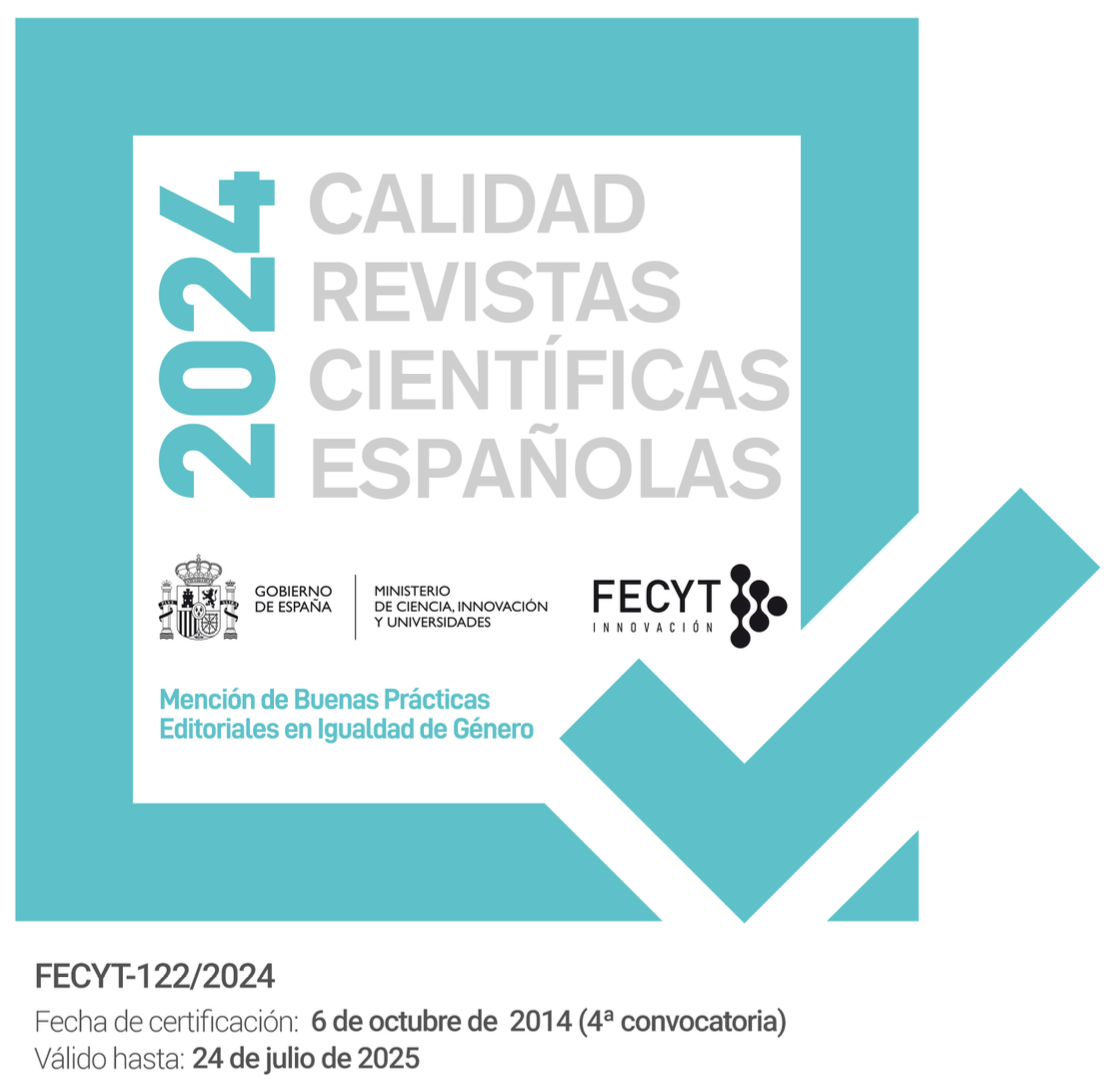“Living by Wit” and “Knight of Industry”: Some Notes on the History in Two Dead Metaphors
Abstract
This paper argues that the history of two dead metaphors, one (“living by wit”) a still current cliché, the other (“knight of industry”) a now obsolete sobriquet, is pregnant with the larger social history of the changing relative fortunes of wit and industry. In particular, it suggests that wit’s demise was due, among other factors, to a scientific suspicion of metaphor, a bourgeois, protestant distrust of cavalier wit, and an aristocratic disdain for the industrious ingenuity which drove the workshops and factories of middle-class manufacturers and engineers. Through their use of the cliché and the sobriquet respectively, two such different novels as Daniel Defoe’s Robinson Crusoe (1719) and Charles Dickens’ Little Dorrit (1857) illuminate two moments in that history. The paper concludes that, once fossilized in literary texts, even the deadest of dead metaphors can bring aspects of history, and themselves, back to life.
Keywords: wit; metaphor; industry; Robinson Crusoe; Little Dorrit




